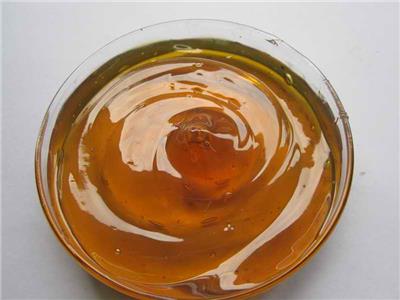E-mail seo@sino-purification.com

Time:2025-05-26 13:29:35 Reading volume:
Insulating oil filter (also known as transformer oil filter) is a device specially used for purifying, drying and regenerating insulating oil (such as transformer oil, switch oil, etc.). Its main function is to improve the electrical performance of insulating oil, extend the service life of equipment, and ensure the safe operation of power system. Its specific functions and working principles are as follows:

- Filter out solid impurities such as metal chips, dust, fibers, etc. in the oil to prevent them from being deposited on transformer windings or insulating parts, causing partial discharge or short circuit.
- Typical standard: particle size in oil after filtration ≤5μm (high precision can reach 1μm).
- After insulating oil absorbs water, the dielectric strength (breakdown voltage) will decrease. The oil filter reduces the moisture content to ≤10ppm (ultra-high voltage transformer requires ≤5ppm) through vacuum dehydration or coalescence separation technology.
- Eliminate impurities such as oxygen and nitrogen dissolved in the oil, prevent oxidative degradation and bubble discharge, and improve insulation performance.
- Remove acids, colloids, carbides, etc. produced by oil oxidation, delay oil aging, and extend the oil change cycle.
- The dielectric strength (such as ≥60kV/2.5mm) and dielectric loss factor (tanδ) of the treated oil can meet the new oil standards (such as GB/T 7595, IEC 60422).
1. New oil treatment
- New insulating oil may contain trace moisture and impurities, and must be filtered to meet the standards before it can be injected into the equipment.
2. Maintenance during operation
- Regularly filter the oil in transformers, mutual inductors and bushings to prevent performance degradation.
3. Post-fault maintenance
- Regenerate damp or slightly contaminated oil to avoid direct scrapping.
4. Equipment maintenance
- When the transformer is overhauled, the discharged oil is purified and reused.
1. Vacuum oil filter
- Principle: heating + vacuum dehydration + precision filtration.
- Advantages: efficient dehydration and degassing, suitable for oil with high water content (such as humid environment in the south).
2. Pressure oil filter
- Principle: mechanical filtration through filter element (such as glass fiber, paper filter element), suitable for oil with more particulate matter.
- Advantages: simple structure and strong portability.
3. Centrifugal oil filter
- Principle: use centrifugal force to separate impurities and water, suitable for large flow rate coarse filtration.
4. Coalescing dehydration oil filter
- Principle: Coalescing filter element merges and separates tiny water droplets, suitable for emulsified oil treatment.
| Parameters | Typical requirements | Test standards |
|------------------|--------------------------|---------------------|
| Breakdown voltage | ≥60kV/2.5mm | IEC 60156 |
| Water content | ≤10ppm (UHV ≤5ppm) | ASTM D1533 |
| Dielectric loss factor tanδ | ≤0.005 (90℃) | IEC 60247 |
| Particles | NAS 1638 Level 6 or below | ISO 4406 |
1. Temperature control: The heating temperature is usually ≤65℃ to prevent oil oxidation.
2. Vacuum adjustment: Adjust according to the viscosity of the oil (generally -0.08~0.098MPa).
3. Fire and explosion prevention: Insulating oil is flammable, open flames are strictly prohibited on site, and fire extinguishers must be equipped.
4. Environmental protection requirements: Waste oil and filter elements must be handled in accordance with hazardous waste treatment regulations.
| Comparison items | Insulating oil filter | Ordinary lubricating oil filter |
|------------------|-------------------------------|-------------------------------|
| Core objectives | Improve electrical performance (dielectric strength, dielectric loss) | Cleanliness (particles, moisture) |
| Dehydration technology | Vacuum or coalescence dehydration | Conventional heating sedimentation |
| Accuracy requirements | Higher (≤1~5μm) | Usually ≤10μm |
| Standard basis | IEC/GB power standards | ISO 4406 and other mechanical standards |
Insulating oil filter is a key equipment for power system maintenance. By deeply purifying oil, it can significantly reduce the failure rate of transformers and extend the service life of equipment. When selecting, it is necessary to select the appropriate type (vacuum type, pressure type, etc.) according to the degree of oil contamination (such as moisture, particle content) and processing capacity.